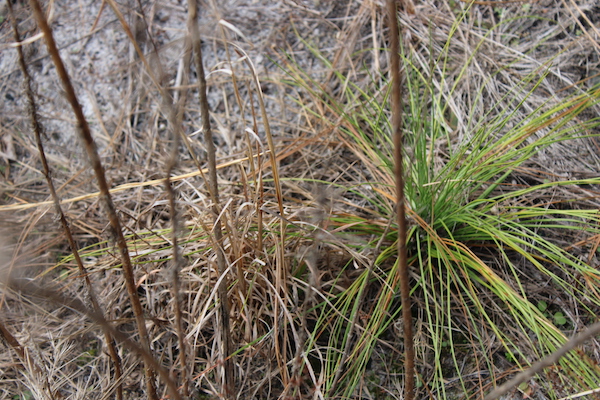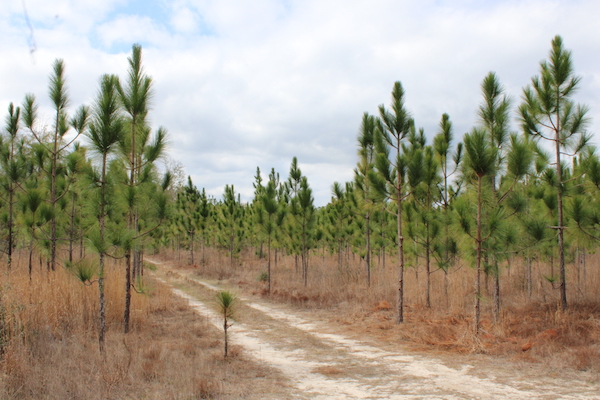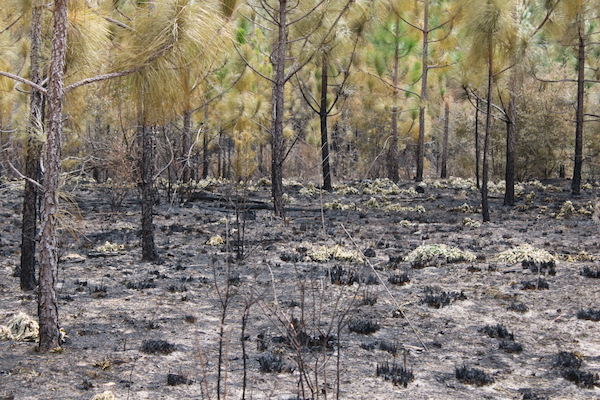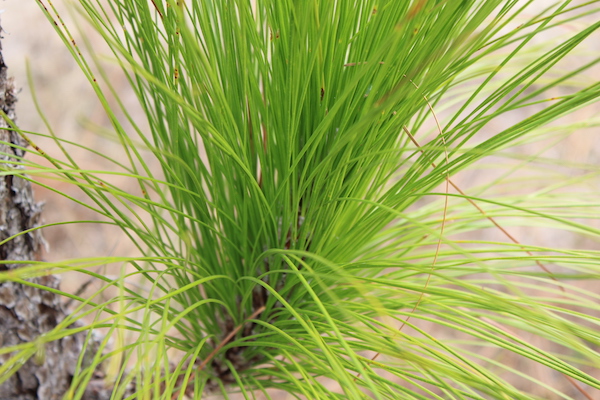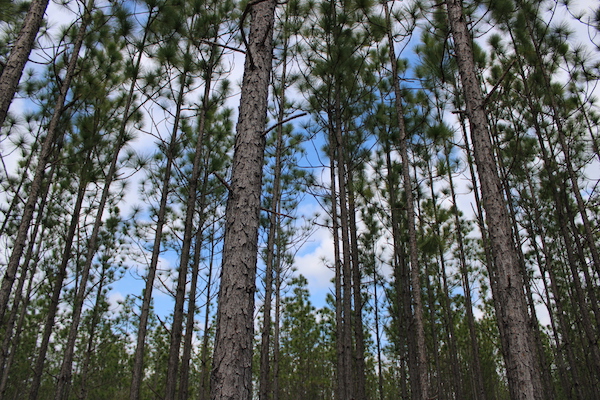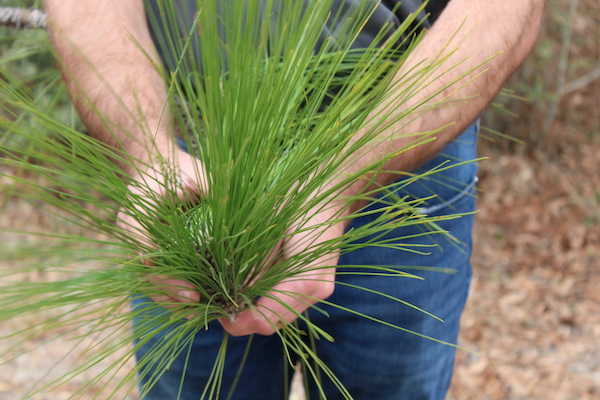
Story by Kala Nance
Throughout the Southeast, foresters and activists are coming together to restore America’s longleaf pine forests. The Nature Conservancy reports that longleaf pines once dominated the coastal plain, covering more than 90 million acres. Now there are just 5.2 million acres.
In Mississippi, more than two million longleaf pine seedlings have been planted in the past several years, according to the Natural Forest Foundation. This state-wide replanting has restored about 4,000 acres of natural habitat, stretching across the DeSoto, Bienville and Homochitto National Forests.
Greene County timber company owner Dillon McInnis is part of the movement to restore the longleaf species to Mississippi’s landscape.
“The fauna in the forest, the flowers, the different grasses and things that were there back at the turn of the century are coming back with some practices we’re implementing,” McInnis said.
During most of the 19th century, longleaf pines were primarily used for turpentine production — a process involving extracting essential oils from the tree. By the 20th century, railroad construction and planting of other invasive species in the area harmed the entire coastal plain’s longleaf pine habitat. Today, only about 3% of the country’s original longleaf forests remain.
“That tree is fire-dependent to reproduce naturally and so, at the turn of the century, this whole country was probably 90% longleaf trees because fire kept maintaining them,” McInnis said. “When we came along and started planting loblolly pine (trees), we messed everything up and it took over the other pine trees.”
According to the Mississippi State Extension Service, loblolly pines grow rapidly and were planted to help produce more lumber and paper products. Longleaf pines are slower growing, but they are also resistant to fire, less susceptible to insects and disease and hold their value better in the lumber market.
Because longleaf pine trees still exist, it is reasonable to assume that they can be restored to their previously dominated habitats.
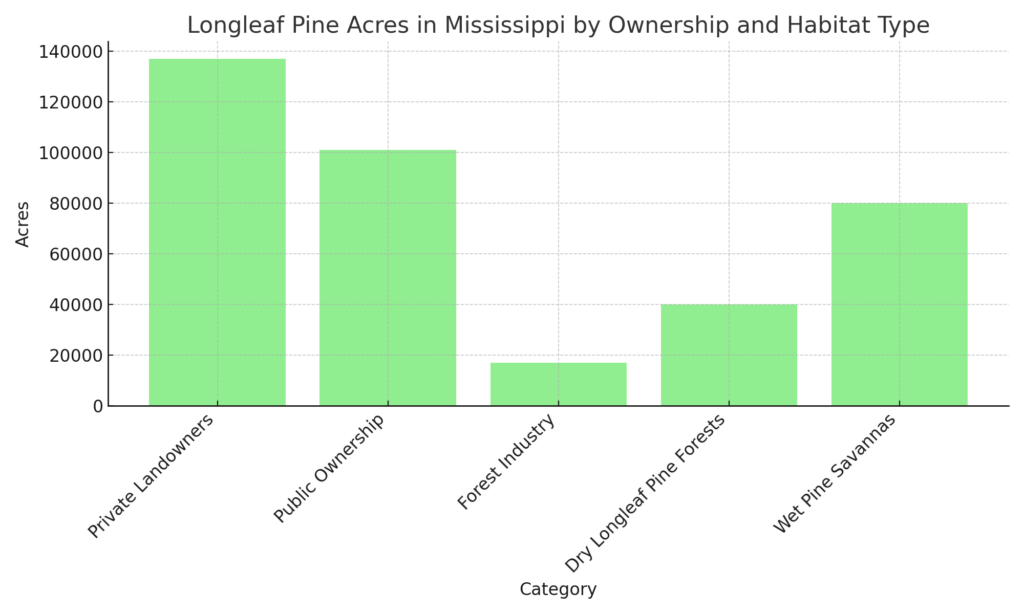
Longleaf pines are more resilient towards negative impacts of climate change than other southeastern pines, according to the National Wildlife Federation’s website.
Longleaf pine forests also benefit wildlife, like the Louisiana black bear and wild turkey, and species considered endangered, such as the dusky gopher frog, gopher tortoise, red-cockaded woodpecker and black pine snake.
“Some of the practices we implement, we try to help the wildlife and try to promote (clean) air and water quality,” McInnis said. “I’m passionate about that myself. … I like to hunt, and if we’re taking care of the land, we have game to hunt. In turn, we help endangered species and other plants that very well could not be common to see.”
Managing forestland involves a process known as “thinning” in which some trees or parts of trees are removed to make room for the growth of others. Logging companies do much of that work but need a place to sell their timber to make the process sustainable.
John Auel, certification programs coordinator for the Mississippi Forestry Association, sees the link between a healthy economy and thriving forests.
“If you don’t manage the forest then it gets overstocked. … (We’ve) basically found that forest management is our best way to keep these resources healthy. … It also benefits biodiversity, wildlife and everything else,” Auel said.
The push-pull between people who say addressing climate change must be the priority and those who want greater economic prosperity will likely continue. Auel says the solution lies in those groups working together.
Reporter Kala Nance walks you through the process of restoring Longleaf Pine forests in Mississippi and beyond.
